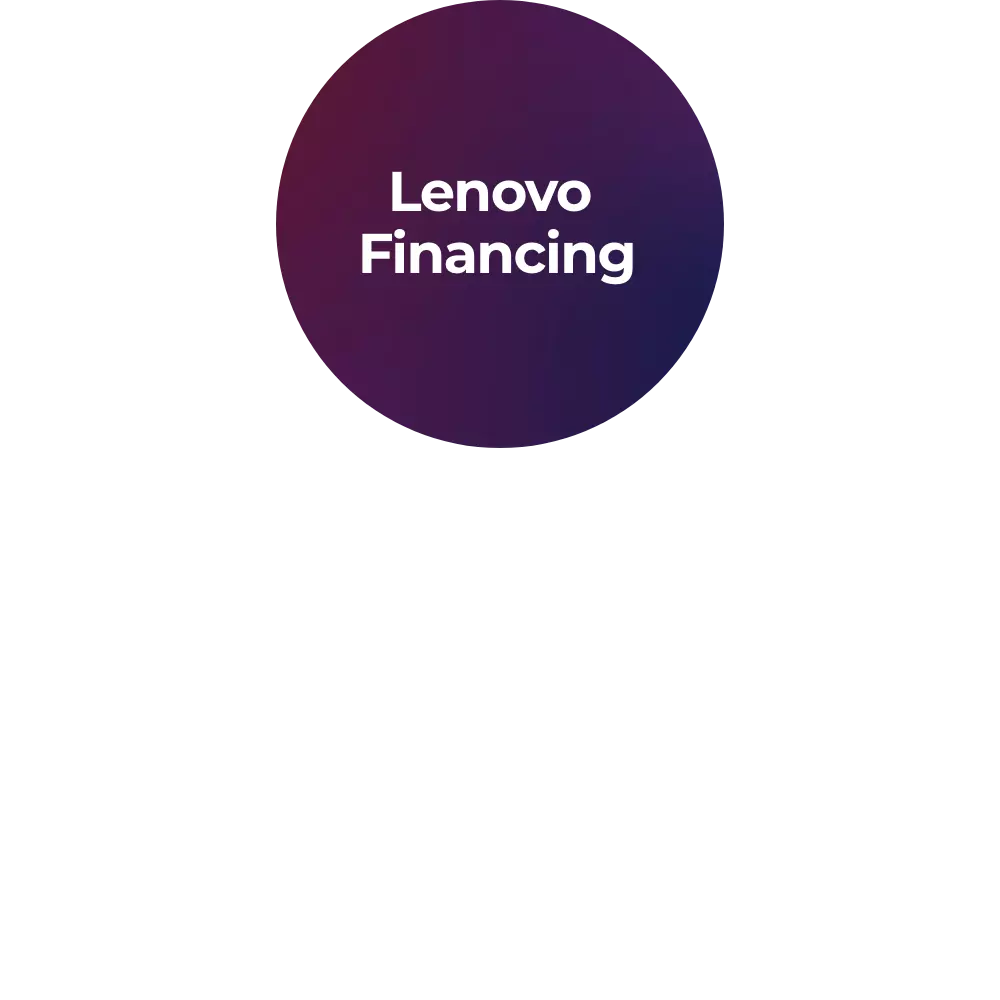What is boosting in the context of machine learning?
Boosting is a powerful machine learning technique where you combine multiple weak learners (usually decision trees) to create a strong learner. It focuses on the misclassified data points during each iteration, giving them more weight, and subsequently improves the model's accuracy.
How does boosting differ from bagging?
While both bagging and boosting are ensemble learning methods, the key difference lies in how they combine weak learners. Bagging uses bootstrapping to create diverse subsets of the data for each learner, while boosting adjusts the weight of misclassified samples to create successive learners.
How does adaptive boosting (AdaBoost) work?
In AdaBoost, the algorithm starts by assigning equal weight to all training samples. It trains a weak learner and calculates its error. Then, it increases the weight of misclassified samples and trains another learner. This process repeats, and the final model is a weighted sum of all learners.
What are the advantages of boosting algorithms?
Boosting can lead to highly accurate models even with weak learners. It's effective at handling complex datasets and reducing overfitting. Boosted models are also less prone to variance and can generalize well to new data.
How does gradient boosting differ from adaptive boosting (AdaBoost)?
While both are boosting techniques, the key difference is how they adjust the weights of misclassified samples. AdaBoost assigns higher weights to misclassified data points, whereas gradient boosting uses gradient descent to minimize the loss function, which leads to better model optimization.
What is extreme gradient boosting (XGBoost), and why is it popular?
XGBoost is an optimized and efficient implementation of gradient boosting. It stands for Extreme Gradient Boosting and is renowned for its speed and performance. It can handle large datasets, has regularization options, and supports parallel processing.
Can I use boosting for regression problems as well?
Absolutely, while boosting is commonly associated with classification tasks, it can be adapted for regression as well. In regression boosting, instead of reducing classification errors, it aims to minimize the residuals' squared error during each iteration.
What is the concept of "weak learners" in boosting?
Weak learners are simple, relatively low-complexity models that perform slightly better than random guessing. They could be shallow decision trees, simple linear models, or even a random guesser with a slight edge over 50% accuracy.
How does boosting handle the bias-variance tradeoff?
Boosting reduces both bias and variance, leading to improved model performance. It reduces bias by iteratively adjusting the model to correct misclassifications, and it addresses variance by combining multiple weak learners, thereby reducing the model's sensitivity to noise.
Is there a maximum number of weak learners I should use in boosting?
In boosting, adding too many weak learners may lead to overfitting. There's no hard rule for the maximum number, and it's often determined through cross-validation or monitoring the model's performance on a validation set.
Can boosting algorithms handle missing data?
Boosting algorithms generally do not handle missing data directly. It's essential to handle missing values before applying boosting. Common approaches include inputting missing values with statistical measures or using techniques like extreme gradient boosting (XGBoost’s) "missing" parameter.
How do I prevent overfitting when using boosting?
To prevent overfitting, you can:
- Limit the number of iterations (weak learners).
- Use cross-validation to find the optimal number of iterations.
- Regularize the boosting model by adding penalties to complex components.
- Ensure your dataset is clean and handles outliers properly.
Can I use boosting for deep learning models?
Boosting is not commonly used with deep learning models, as deep learning itself is a powerful technique that can achieve impressive results without the need for boosting. Deep learning architectures, like neural networks, already perform well on their own in various tasks.
Can I combine boosting with other machine learning techniques?
Yes, you can combine boosting with other techniques to create more robust models. For instance, you can use feature engineering to improve data representation before applying boosting. Additionally, you can employ feature selection to focus on the most relevant features for better model performance.
How do I handle class imbalances in boosting?
Class imbalances occur when one class has significantly more instances than others. To address this in boosting, you can assign different weights to samples based on their class frequencies. Alternatively, you can use algorithms like synthetic minority over-sampling technique (SMOTE) to generate synthetic samples for the minority class.
Does boosting work well with noisy data?
Boosting can be sensitive to noisy data, as it tries to correct misclassifications and may end up fitting to noisy samples. To mitigate this, preprocessing techniques like outlier detection and data cleaning are crucial. Additionally, using robust weak learners can improve the model's resilience to noise.
What is the concept of "learning rate" in boosting?
The learning rate in boosting determines the contribution of each weak learner to the final model. A higher learning rate allows the model to learn faster but may lead to overfitting. On the other hand, a lower learning rate can improve generalization but may require more iterations.
How can I evaluate the performance of a boosting model?
Common evaluation metrics for boosting models include accuracy, precision, recall, F1-score, and area under the ROC curve (AUC-ROC). It's also essential to perform cross-validation to assess the model's performance on different subsets of the data.
Can I visualize the boosting process?
Yes, you can plot the training error and validation error against the number of boosting iterations. This will help you visualize how the model's performance improves over iterations and detect overfitting points. Visualization tools like learning curves are useful in this context.
How do I deal with outliers in boosting algorithms?
Outliers can significantly influence boosting models. To handle them, you can either remove outliers from the dataset, treat them as missing values, or use robust weak learners that are less affected by extreme values.
Can I use boosting for online learning or real-time applications?
Traditional boosting algorithms are not designed for online learning, as they are batch processes that require the entire dataset. However, some online boosting variants, like Online Gradient Boosting, have been developed to adapt to streaming data or real-time scenarios.
Does boosting work well with high-dimensional data?
Boosting can work well with high-dimensional data, but it's important to be cautious of overfitting. Feature selection techniques can help identify the most informative features, reducing the risk of overfitting and improving model efficiency.
Can boosting be parallelized to speed up training?
Yes, boosting can be parallelized to some extent, especially in the case of gradient boosting algorithms like extreme gradient boosting (XGBoost) and light gradient-boosting machine (LightGBM). These algorithms support parallel processing, which can significantly speed up training on multi-core processors.
How do boosting algorithms handle categorical variables?
Boosting algorithms typically convert categorical variables into numeric format. They use techniques like one-hot encoding or ordinal encoding to represent categorical data as numerical values, making it compatible with the mathematical operations performed during boosting.
Is there a way to visualize the feature importance in a boosting model?
Yes, you can visualize feature importance by plotting the relative importance scores of each feature in the final model. Most boosting libraries provide built-in functions or tools to generate feature importance plots.














